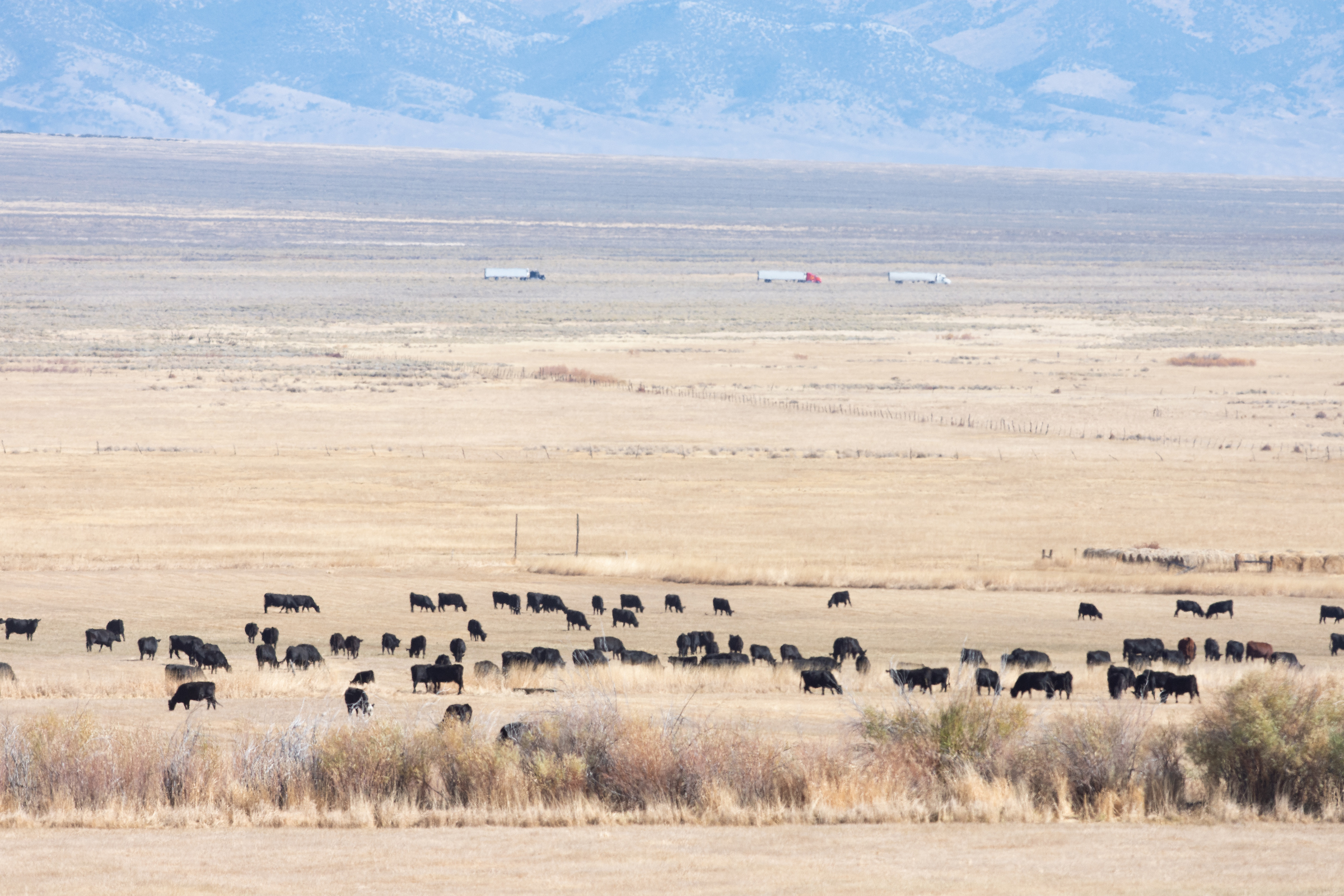OPINION: In debate about Washoe County lands bill, truth matters

The Washoe County lands bill has something for everyone to love, and something for everyone to loathe.
In a recent op-ed in The Nevada Independent, Eli Turner of the Nevada Mineral Exploration Coalition, who falls on the side of loathing the bill, made a number of false statements about the legislation and my organization’s position on it.
Sen. Jacky Rosen recently introduced the Truckee Meadows Public Lands Management Act, commonly known as the Washoe County lands bill. It would allocate public lands to sell to private parties and transfer to nongovernmental entities, and designate large swaths of the county for conservation.
Any time there’s a proposal to significantly shift land management priorities in Nevada aggrieved parties will sound off. The Center for Biological Diversity, where I work, has been among those aggrieved parties sounding off on many occasions.
To be clear: The center does not support Rosen’s bill, which allocates 16,000 acres of public lands for exurban sprawl development. However, because it has been scaled back dramatically from the original proposal, with less than half of the proposed public lands sales, and because those sales are combined with extensive conservation designations, we are not actively opposing this legislation.
Even though our stance is neutral, we believe it’s crucial to get the facts about the bill correct.
First, Turner claims that areas conserved by the Washoe County lands bill would be “permanently excluded from any sort of economic development.” This couldn’t be further from the truth.
The bill designates three types of conservation areas: wilderness, national conservation areas and areas with a mineral withdrawal. All three would still be open to cattle grazing, a significant source of economic productivity for rural Nevada.
All three would also remain open to various kinds of outdoor recreation, including hiking, wildlife viewing, hunting and fishing, and vehicular recreation on designated routes or on wilderness “cherry-stems.” Outdoor recreation is a major economic driver in rural Nevada, generating $6.1 billion a year to the state, or approximately 2.7 percent of Nevada’s gross domestic product.
The article also states that, “If you drive across the state on any given highway, you are not confronted with endless open pit mines and cattle at the trough …” This downplays the ubiquitousness of mining and grazing in Nevada.
Dozens of mines in Nevada are clearly visible from highways, including the Gold Bar and the Robinson from Highway 50, the Bullfrog complex from Highway 95 and the Marigold Mine along Interstate 80.
And once you get off the highways the signs of current and legacy mining are far and wide. Nevada is riddled with toxic pit lakes, formed when open-pit mines are tapped out and their dewatering pumps are turned off. From pit lakes at Lone Tree Mine next to the Humboldt River to the Anaconda Mine in Yerington, the toxic legacy of mining is pervasive across the state.
Ongoing mining is also trashing landscapes, from Barrick’s Cortez complex, which Native Americans say is destroying the sacred Mount Tenabo, to the Bald Mountain Mine interrupting an important mule deer migration corridor, to the Silver Peak Lithium Project sucking up precious groundwater in Clayton Valley.
As for cattle grazing, nearly every acre of public land north of Clark County in Nevada is in an active grazing allotment. In an analysis based on data obtained through the Freedom of Information Act, Public Employees for Environmental Responsibility found most of these allotments fail to meet rangeland health standards set by the Bureau of Land Management.
Anyone who has spent time on public lands in Nevada can tell you that cows are basically everywhere, and the harm to Western ecosystems have been well documented, including degraded riparian corridors and the spread of invasive species.
The claim that mining and cattle grazing are not pervasive across Nevada’s public lands just doesn’t hold water.
Turner also claims that, if the Washoe County lands bill passes, “it will be very challenging to find areas in Washoe County where rural industry can operate without severe encumbrances.” Past experiences with county lands bills debunk that claim. Clark, Lincoln and White Pine counties all had comprehensive lands bills pass in the 2000s. In all three counties, rural industry has continued to be an important part of the economy, including extensive mining and agriculture.
The big change in these counties came in the form of recreation. The conservation land designations boosted their outdoor economies dramatically. White Pine County’s Public Lands Policy Plan specifically states: “Protecting land as wilderness can act as a strong economic lure to draw people to live in nearby areas for business, pleasure and retirement.”
My organization’s position on the Washoe County lands bill was misrepresented. We have never supported this bill in any form, and we never will. We object to the sale of public lands for sprawl development. Turner’s characterization of us as “winners” if the Washoe County lands bill passes is false.
The Washoe County lands bill may finally answer questions about public lands management in Nevada’s northwest corner. Significant change also brings with it significant concern. But people engaged in the public sphere on these issues must be clear-eyed and tell the truth. Nevadans deserve an honest debate.
Patrick Donnelly is the Great Basin director at the Center for Biological Diversity.
The Nevada Independent welcomes informed, cogent rebuttals to opinion pieces such as this. Send them to [email protected].
